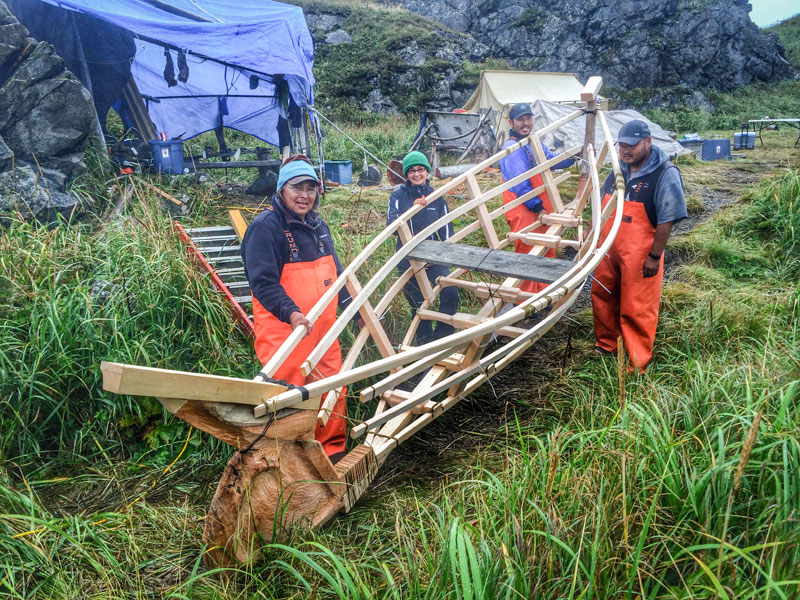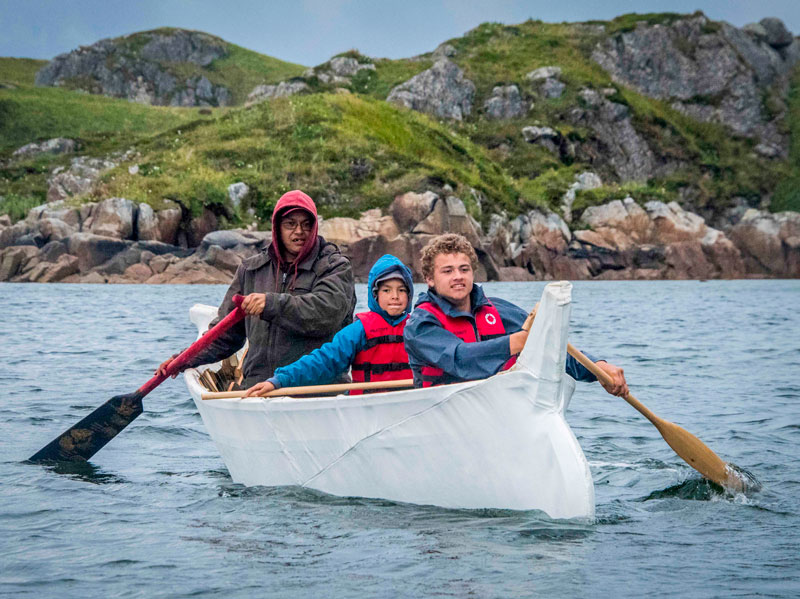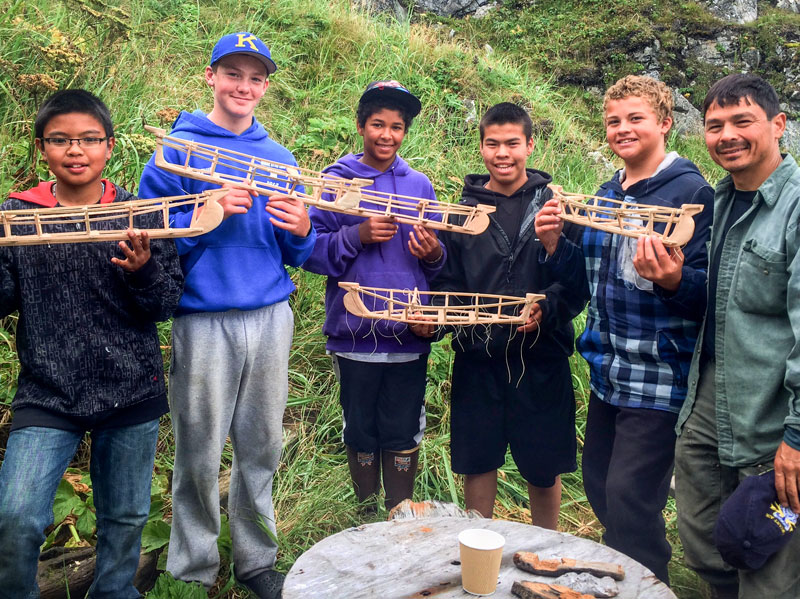Cultural Revitalization
CASE STUDY
Bringing Museum Research Home
Sven Haakanson, Burke Museum of Natural History and Culture, U of Washington, Seattle
When we are talking about cultural revitalization it is important to keep in mind we are working with losses and tragedies that continue to impact our communities health. While the term can be seen in many ways it is my own understanding that doing this we are take the knowledge that is embodied in each piece so it can to be returned, understood and used once again in our lives. I have called this repatriating knowledge that was once forgotten and is now being reawakened once again through pieces from the past.
In starting a major project in a community one needs to start with establishing a consistent and long-term goal that brings a community together. Over the last twenty years this has been one of the lessons I have learned over and over in working on such projects. Just remember consistency is key to long term success.
What is the long-term vision and goal for doing such a project and how sustainable will it be once it takes off? Are you willing to work for free if it comes down to that? If you are then you will be okay for a time.

In 2015 we worked with everyone at the Akhiok kids camp and constructed a 16 foot frame of an angyaaq from scratch.

In 2016 we finished the tying, wrapped the frame with a fabric and went paddling in the angyaaq. This was the first time an angyaaq was sailed on Kodiak since the late 1800’s.
What has made the projects I have worked on most successful is ensuring that the communities I am working with have ownership and control over what we are doing and having the willingness to step aside once this becomes part of how they see a project.

Young Sugpiat men with their completed model angyaat. This was the first time on Kodiak to have this boat made in a camp with students.
